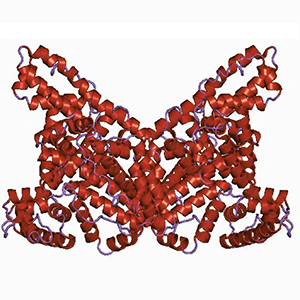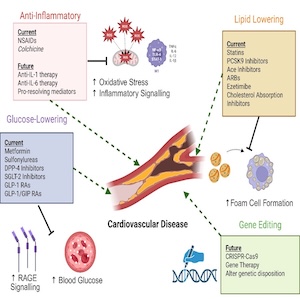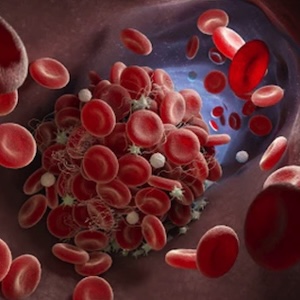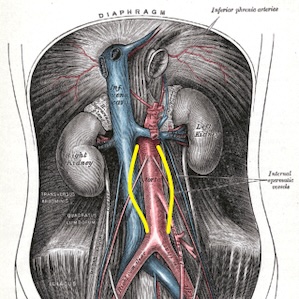Circulating albumin-to-fibrinogen ratio may be a risk indicator for venous thromboembolism: findings from a population-based prospective cohort study

All claims expressed in this article are solely those of the authors and do not necessarily represent those of their affiliated organizations, or those of the publisher, the editors and the reviewers. Any product that may be evaluated in this article or claim that may be made by its manufacturer is not guaranteed or endorsed by the publisher.
Authors
Circulating albumin and fibrinogen levels, commonly considered as inflammatory markers, have been shown to be associated with venous thromboembolism (VTE) risk. Circulating albumin-to-fibrinogen ratio (AFR) has been proposed as a novel inflammatory biomarker, but its association with VTE risk has not been investigated. We aimed to assess the prospective association of AFR with VTE risk. Circulating albumin and fibrinogen levels were measured at baseline in 2,284 men aged 42-61 years. Hazard ratios (HRs) with 95% confidence intervals (CIs) were estimated. During a median follow-up of 27.0 years, 156 VTE cases were recorded. In analysis adjusted for established risk factors, the HR (95% CI) for VTE comparing extreme tertiles of AFR was 1.53 (1.02-2.32), which remained similar on further adjustment for prevalent cancer, 1.52 (1.01-2.30). The associations of circulating albumin or fibrinogen with VTE risk were modest. Circulating AFR may be a stronger risk indicator for VTE compared with albumin or fibrinogen alone.
How to Cite

This work is licensed under a Creative Commons Attribution-NonCommercial 4.0 International License.
PAGEPress has chosen to apply the Creative Commons Attribution NonCommercial 4.0 International License (CC BY-NC 4.0) to all manuscripts to be published.













